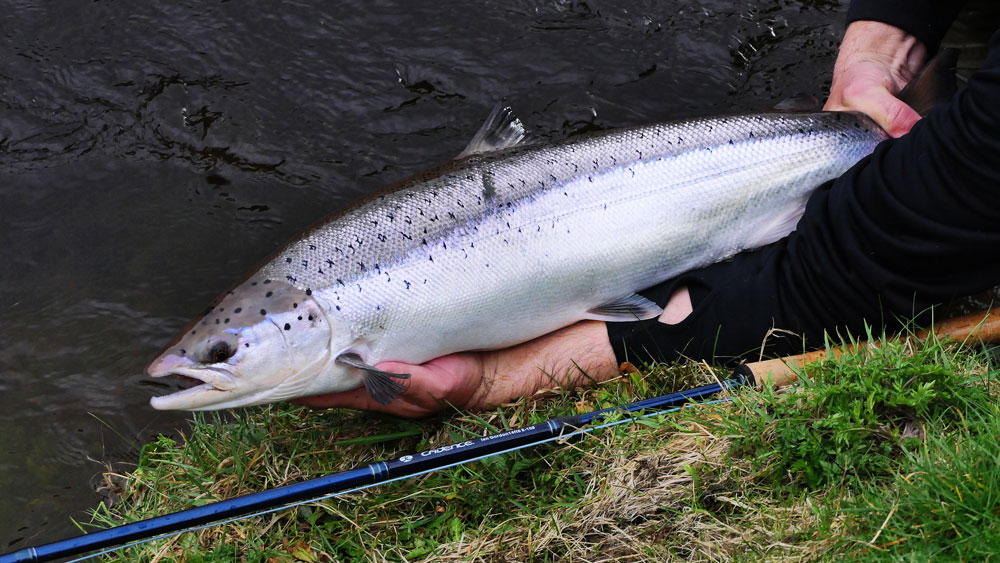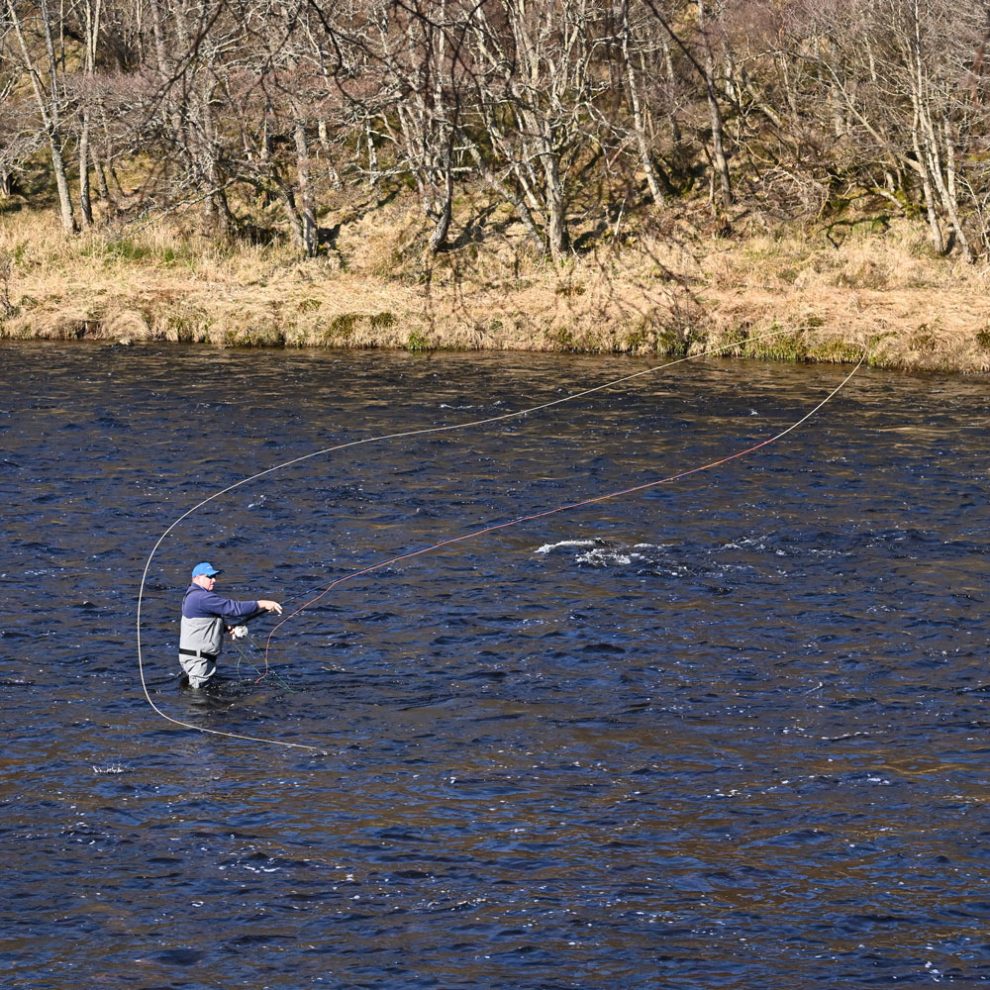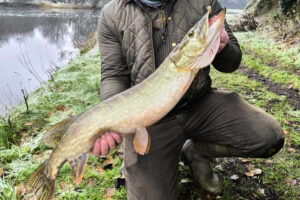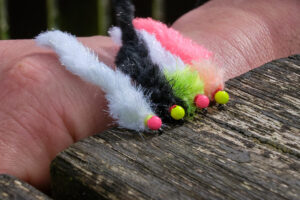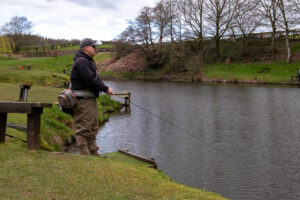The first wooden fly rod I ever saw was a 14’ Greenheart which, at the time (early 1970s) the go-to fly rod of my father. It must be said, at this time, on our home river, the Ugie, a small river entering the North Sea at Peterhead, there was more emphasis on spinning and worming than fly fishing. That aside, sometimes he would use the fly rod. The first time I picked this up was as an eight year old, and I remember thinking, how on earth can he cast this? I can hardly lift the dammed thing.
Some years later, as a 25 year old, I remember watching Martin Wills using a cane rod of the same length and was spellbound by how, as a slight built man, he could make the line fly at speed and with control I’d not seen before. His ability with this was amazing. I remember thinking, my god, that’s an art form, a thing of beauty. Each cast saw the line unrolling perfectly and with ever-increasing speed. This is something I must try.
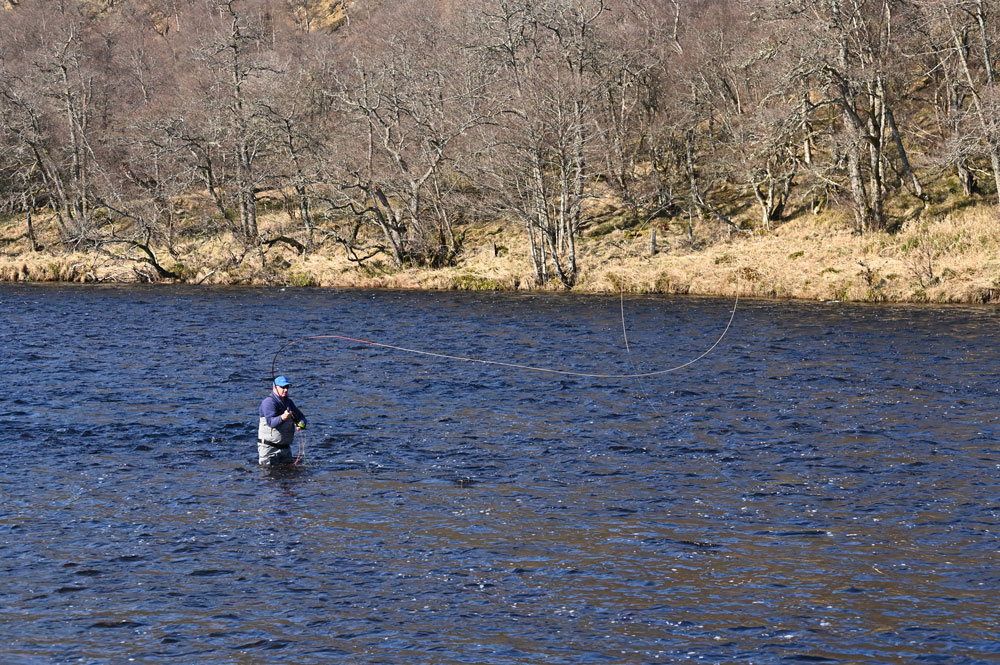
As a fairly good caster with my trusty glass fibre rod, my first attempt with the cane rod was memorable. At this time, in the mid 1980s, the only lines we had were double taper, which, it must be said, concerning Spey casting, worked but weren’t ideal.
Casting with a cane or graphite rod is like comparing tennis and badminton. Both are played with a racquet but require a different technique.
If I weren’t the type of person I am, after about four casts, I’d have laid it down and never picked the cane rod and double taper line up again. However, because I’d seen Martin Wills cast this rod beautifully, I thought there was more to this than I understood; there are things to be learned about both rods and fly casting here.
Aside from the casting, I remember Martin losing far fewer fish than his friends, most of whom used the latest very lightweight graphite rods. At the time, I thought this was purely down to his ability. It wasn’t until some years later, having mastered and understood the action of this rod, that I realised this wasn’t the case at all.
At this time, it was generally accepted that cane/wooden rods played/killed fish faster than their graphite cousins, this was without question. The reason for this lies within the parabolic nature of the rod, the fact that the rod flexed to the butt. Even when a grilse or small fish pulls on this rod, the rod flexes right to the butt. In essence, each time the fish turns its head, it feels the butt of the rod. Although more difficult to cast with the old double taper line, those rods performed much better than either glass or graphite rods. When I say performed, I mean they subdued fish quicker and, importantly, lost far fewer fish. Turn the clock forward and match those rods with short, shooting-head or Spey lines, and we have something easy to cast but with all the good qualities of the above.
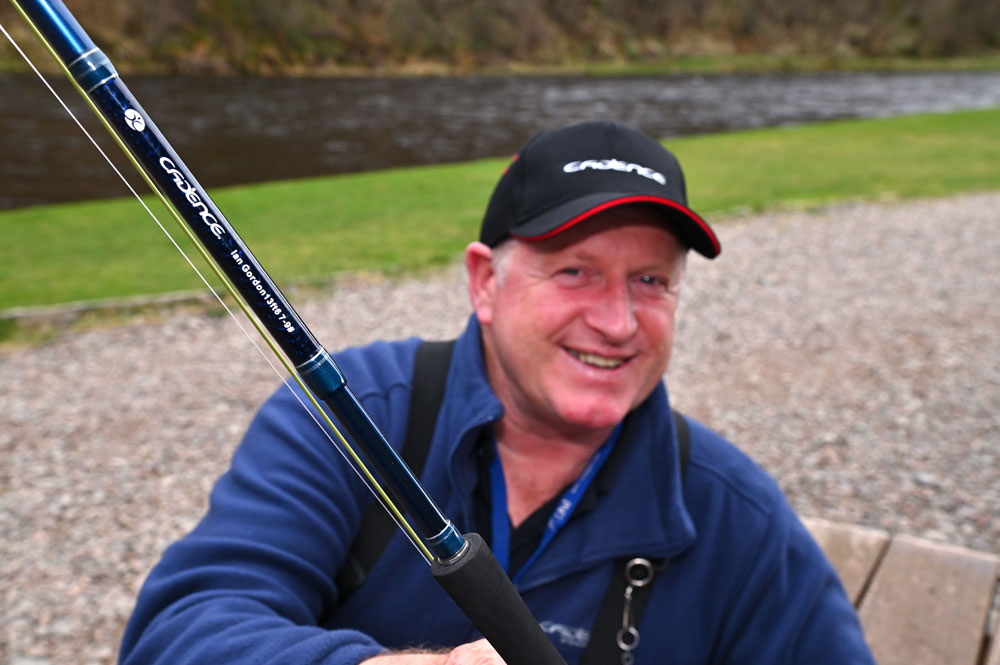
Having spent 40 years landing fish for people, with regard to losing fish, I’d say there are two difficult times – hooking and setting the hook properly and when the fish gets on a short line in the shallow water at the end of the fight. In the wrong (inexperienced) hands, an overly stiff, fast-action rod can be detrimental both at the beginning and end of the fight.
An extreme instance was when a lady arrived with me for three days fishing in prime grilse time. As a tweed fisherwoman, her rod of choice was a 16’6” Bruce and Walker. Great rod for catching big fish on the Tweed, Alta or if you want to cast 50 years of line. However, as most grilse were caught in the small summer pools of the Spey with less than 20 yards of line, this was overkill. After three days, her score was 21 fish hooked, and 21 lost. Two fish got away leaving the scissors of the fish still attached to the hook. This was a classic case of the above.
For me, the action of the cane rod is the perfect fishing rod. Although heavy, the deep-loading powerful action is perfect for both casting and playing fish.
Watch a comparison of a Cane rod and a CF20 while fighting a salmon here.
Looking back at Martin Wills and the fact he seemed to lose very few salmon, after watching so many fish being lost through a mix of inexperience and equipment suited more to casting than playing salmon, in a physical sense, I now completely understand why this was the case and one of the reasons I’ve used this knowledge in the design of our Cadence rods. Given the leaps forward in carbon technology, we can now make a lightweight rod, not only with similar attributes but better. Given all the work with such rods and the most suitable lines over the years, when it comes to a perfect “fishing” (not casting into the middle of next week) tool, I firmly believe our new rods tick all the boxes. For more details on Cadence rods and lines, visit our dedicated fly fishing section here.
